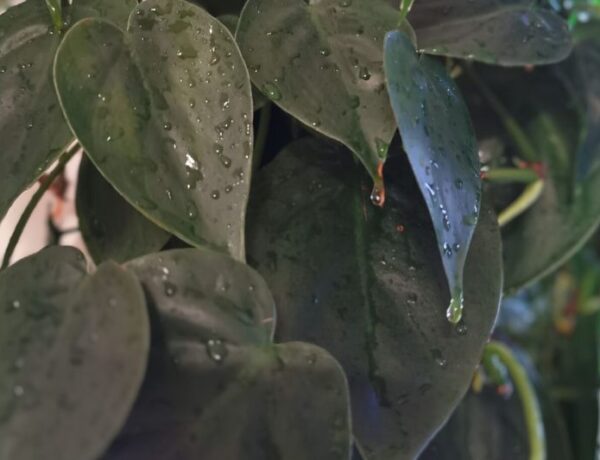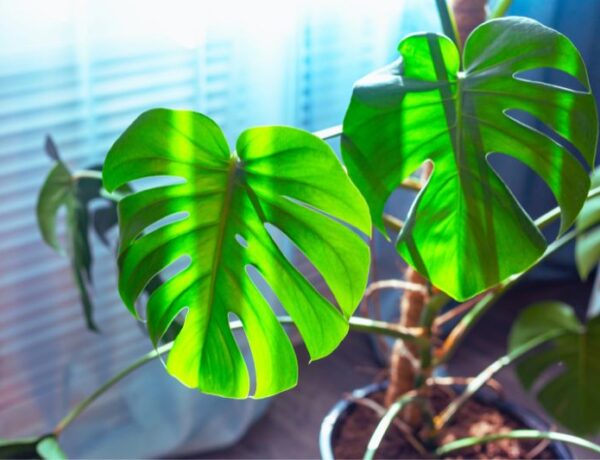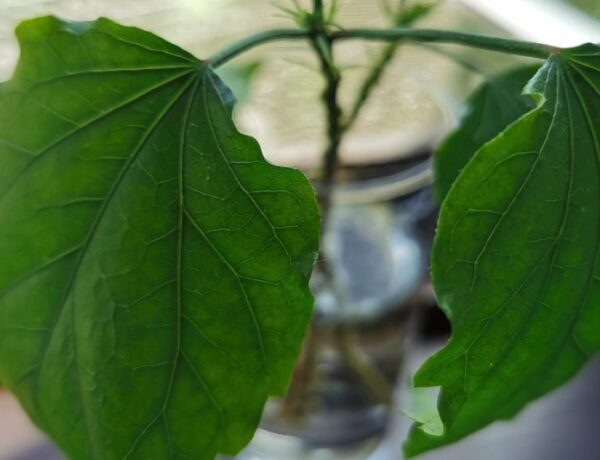As a gardener, you’ve likely asked yourself this question while staring at an old bag of potting soil: “Does potting soil go bad?” The answer isn’t as straightforward as one might think, so let’s get our hands dirty and dig into this soil story.
Table of Contents
What Makes Good Potting Soil and How Does It Go Bad?
Potting soil is composed of nutrient-rich materials like sphagnum peat moss, perlite, vermiculite, and pine bark. These ingredients offer the perfect environment for plant growth. It’s lightweight, drains well, and holds essential nutrients – like the plant version of a gourmet meal.
But even gourmet meals can spoil. Over time, the elements that compose your potting soil start to break down. The peat moss decomposes, leading to denser, less aerated soil, the nutrient levels decrease, and it can’t retain water as effectively, and so on.
How to tell if Your Potting Soil has Gone Bad?
Identifying bad soil isn’t about best before dates, but keen observation. Here are five signs that your potting soil might need some TLC or total replacement:
- Bad Smell: If your potting soil has started to smell like a science experiment gone wrong, it’s not just your nose that suffers. The foul odor, similar to the one of rotten eggs, is a sign of bacterial and fungal activity in your soil – not exactly the company you want for your plants.
- Pests and Insects: Bugs and pests are drawn to decaying organic matter, making old potting soil a popular meeting point. Watch out for notorious pests like fungus gnats that can cause serious harm by chowing down on your plant roots.
- Mold Growth: If your potting soil is sporting more fuzz than a week-old peach, it’s a clear indication of mold, often due to excessive moisture. Moldy soil can spell trouble for your plant’s health.
- Dense Texture: Good potting soil is like a light, fluffy cake. If it becomes more like a brick, with dense clumps forming, it’s a sign that decomposition is taking place, which hampers effective drainage and root growth.
- Hydrophobic soil: Soil that repels water instead of absorbing it is indeed another sign that your potting medium may have gone bad. This happens when the organic matter in the soil, especially peat moss, dries out completely or decomposes over time. When you try to water your plants, you might notice that the water beads up on the surface or runs off instead of soaking in. This can lead to poor water distribution in the soil and affect plant growth.
Reviving and Reusing Old Potting Soil
Just like a seasoned cast-iron skillet, old potting soil can still be a vital tool for your gardening adventures. Here’s how you can revitalize that bag of ancient earth:
- Blend it: Combine old soil with fresh potting soil. A 50-50 mix is a good place to start, creating a balance between nutrient-rich new soil and the well-structured old soil.
- Add Nutrients: Feed your old soil some organic matter, like potting compost, to replenish nutrients that time has taken away.
You can even go the extra green mile by transforming old soil into worm castings, or vermicompost. Layer old soil in a bin, add earthworms, and let them do their thing. After a few months, you’ll have nutrient-rich worm castings perfect for fertilizing your plants.
Storing Potting Soil: Keeping Your Soil Healthy
Just as you wouldn’t leave a loaf of bread out in the open, storing your potting soil correctly can significantly extend its life and quality:
- Keep it Dry: Moisture can lead to mold growth, so ensure your potting soil is stored in a dry place.
- Cool it Down: Heat can encourage bacterial and fungal growth. Store your soil in a cool, well-ventilated space to maintain its quality.
- Seal it Up: If your soil is in a bag, make sure it’s well sealed to prevent pests from making it their home.
How To Preventing Potting Soil Going Bad?
Prevention, as they say, is better than cure. And that’s no less true for potting soil.
Avoiding overwatering your plants is a good start. An excessively wet environment can speed up the decomposition process and create an all-you-can-eat buffet for mold. Moderate your water use to ensure your soil maintains its fluffy, aerated structure and healthy ecosystem.
How to Dispose of Bad Soil
Sometimes, despite our best efforts, soil goes past the point of no return. When this happens, ensure you dispose of it responsibly.
Many municipalities have green waste programs where you can drop off old soil. Check with your local waste management facility for the best options in your area.
Frequently asked question
Yes, but it may need to be revitalized with fresh soil or organic matter to restore nutrients.
Unopened and unused potting soil can last for about a year or two. Once opened, it retains quality for about 6 to 12 months.
Keep it dry, cool, and sealed in a bag or container.
Blend it with fresh soil, add organic matter, or use it to make worm castings.
This is a sign of hydrophobic soil, which occurs when the soil dries out completely or the organic matter decomposes. You can combat this by thoroughly wetting the soil and mixing in organic matter or wetting agents designed to help soil retain moisture.
While it might seem like a natural step to transfer soil from your garden to your pots, this isn’t typically recommended. Garden soil is heavier and denser, which can lead to poor drainage and root health in a container setting. Stick with potting mix for your potted plants.
Sterilizing potting soil can kill harmful pests, diseases, and weed seeds, but it’s not always necessary. Most commercially available potting soils are pre-sterilized. If you’re reusing old soil or making your own mix, however, you might want to consider sterilization.
Despite the names, they’re essentially the same thing – a growing medium designed for plants in containers. However, potting soil sometimes contains actual soil, while potting mix is usually a soil-less blend of peat moss, perlite, vermiculite, and other ingredients.
Don’t worry, these aren’t a sign of bad soil! These small white pieces are likely perlite, a volcanic glass that’s been heated until it “pops.” Perlite helps aerate the soil and improve drainage.
Wrapping it up
Your potting soil can indeed go bad, but with a little knowledge and care, you can keep it in top-notch condition or breathe new life into tired soil. Just remember, happy soil equals happy plants!






No Comments